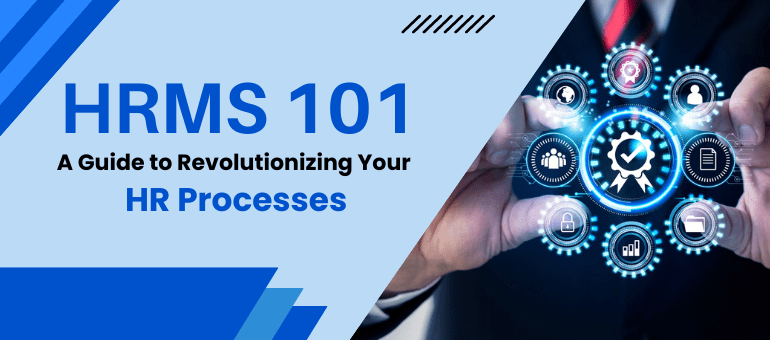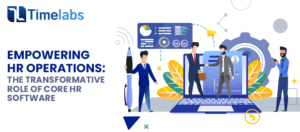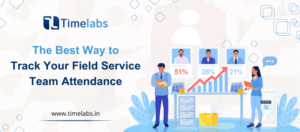Human resource management plays a critical role in the success of any organization. With the advancements in technology, the traditional manual methods of managing HR processes have given way to more streamlined and efficient solutions. One such solution is HRMS, also known as Human Resource Management Systems. In this comprehensive guide, we will explore the key aspects of HRMS and how it can revolutionize your HR processes.
What is HRMS / Human Resource Management Systems?
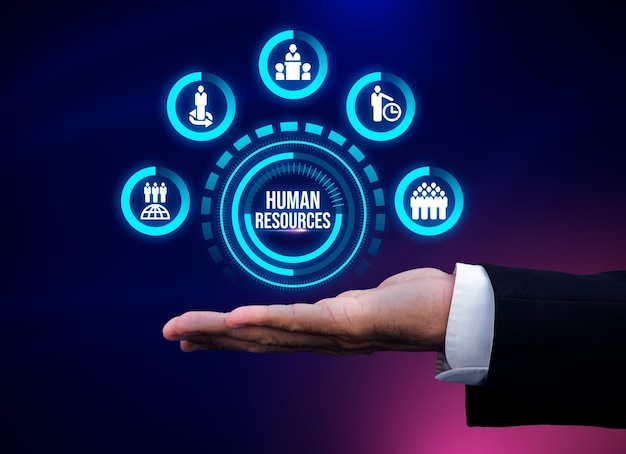
HRMS, or Human Resource Management Systems, are integrated software solutions that automate and streamline various HR functions within an organization. It acts as a centralized system to manage employee data, HR processes, and other crucial aspects of human resource management. HRMS software encompasses a wide range of functionalities, including recruitment, onboarding, attendance management, payroll processing, performance evaluation, and more.
What is The Difference Between HRIS, HRMS, or HCM?
Before diving deeper into HRMS, it’s important to understand the difference between HRIS (Human Resource Information System), HRMS (Human Resource Management System), and HCM (Human Capital Management). While these terms are often used interchangeably, there are slight differences in their scope and functionality.
- HRIS primarily focuses on managing employee data and information, such as personal details, employment history, skills, and training records. It serves as a central repository for HR data, facilitating efficient information retrieval and analysis.
- HRMS, on the other hand, expands upon HRIS by encompassing additional modules and functionalities. It not only stores and manages employee data but also automates various HR processes, such as recruitment, onboarding, attendance management, payroll, and performance evaluation.
- HCM is a broader term that encompasses HRIS and HRMS functionalities while also emphasizing strategic aspects of managing human capital within an organization. It includes talent acquisition, workforce planning, succession planning, and other strategic HR functions.
Key Functions of HR Software / HRMS
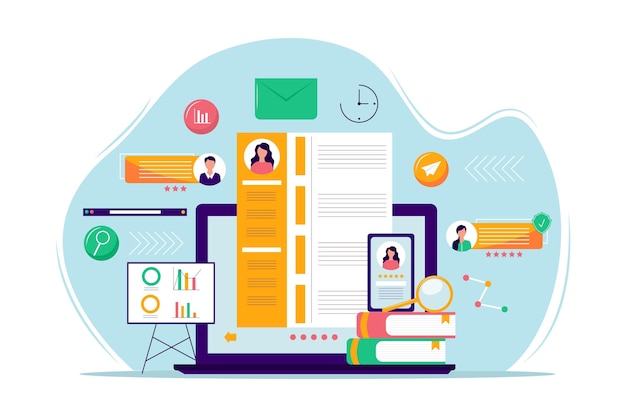
HRMS consists of various modules that cater to different aspects of HR management. Here are some key functions commonly found in HRMS software:
Core HR
The core HR module of an HRMS focuses on managing and maintaining employee data and information. It includes features such as employee profiles, organizational hierarchies, job descriptions, employment history, and contact details. This module ensures accurate record-keeping, facilitates efficient HR operations, and provides a centralized repository of employee information.
Payroll & Compensation
The payroll and compensation module of an HRMS streamlines the complex task of managing payroll processes, including salary calculations, tax deductions, benefits administration, and reimbursement management. It ensures accurate and timely salary payments, generates payslips, handles tax compliance, and simplifies compensation management.
Time, Attendance and Leave
The time, attendance, and leave management module automates the tracking of employee work hours, leave records, and attendance data. It enables employees to request leaves, managers to review and approve them, and tracks attendance patterns. This module helps ensure accurate attendance tracking, manage leaves efficiently, reduce absenteeism, and simplify payroll processing.
Hiring & Onboarding
The hiring and onboarding module streamlines the end-to-end recruitment process, from job posting to candidate selection and onboarding. It includes features such as applicant tracking, resume screening, interview scheduling, background verification, offer management, and new employee documentation. This module ensures a seamless and efficient hiring experience, enhances candidate engagement, and accelerates the onboarding process.
Goal & Performance
The goal and performance management module enables organizations to set objectives, track goals, and manage performance appraisals. It supports continuous feedback, performance evaluations, goal alignment, and development plans. This module facilitates transparent performance management, identifies areas for improvement, and fosters a culture of continuous growth.
Employee Self-Service
The employee self-service module empowers employees to access and manage their own HR-related information and perform self-service tasks. It includes features such as leave requests, viewing payslips, updating personal information, and accessing HR policies. This module enhances employee engagement, promotes self-sufficiency, and reduces the administrative burden on HR professionals.
Smart Devices
Some HRMS solutions offer smart device integration, providing highly secure access control systems and enabling varied access levels based on employee roles and responsibilities. These devices, such as biometric scanners or access cards, enhance security measures and streamline employee access to facilities and sensitive information.
Mobile Application:
Many HRMS solutions provide mobile applications for Android and iOS devices, allowing employees and managers to access HR functionalities on the go. These mobile apps offer features such as geo-fencing and geo-tagging for attendance tracking, capturing selfies for attendance verification, and enabling approval workflows for team requests. Mobile applications enhance employee convenience, facilitate remote working, and improve overall user experience.
Implementing an HRMS software solution that encompasses these key functions can significantly revolutionize your HR processes. It enables efficient management of core HR data, automates payroll and compensation processes, tracks time, attendance, and leave accurately, streamlines hiring and onboarding, facilitates goal setting and performance management, empowers employee self-service, ensures secure access control, and provides mobile accessibility for HR tasks.
Remember, each organization’s HR needs are unique, so it’s important to assess your specific requirements and select an HRMS software that aligns with your business goals and enhances your HR operations.
What are the Benefits of an HRMS Software?
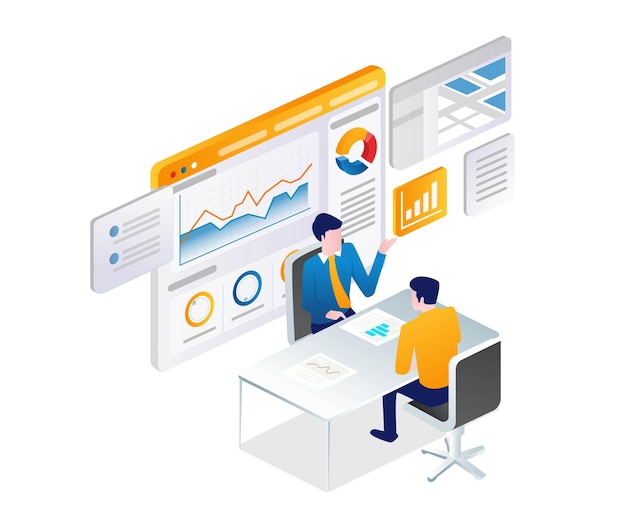
Implementing an HRMS software offers numerous benefits that positively impact both HR professionals and the organization as a whole. Here are some key benefits of using an HRMS:
Greater Employee Engagement
HRMS provides self-service portals and mobile applications that empower employees to access and update their information, view payslips, apply for leaves, and participate in performance evaluations. This self-service functionality enhances employee engagement and satisfaction.
Greater Security
HRMS ensures data security by centralizing employee information and implementing robust security measures. It helps protect sensitive HR data from unauthorized access and maintains confidentiality.
Reduced Administrative Effort
Automating HR processes through HRMS reduces administrative tasks such as manual data entry, record-keeping, and paperwork. This frees up HR professionals’ time, allowing them to focus on strategic initiatives and value-added activities.
More Performance Insights
HRMS provides analytics and reporting features that offer insights into performance metrics, attendance patterns, turnover rates, and other HR indicators. These insights enable HR professionals to identify areas for improvement and make data-driven decisions.
Streamlined HR Operations
HRMS automates and streamlines various HR processes, reducing manual errors, paperwork, and redundant tasks. It ensures consistent application of HR policies, improves process efficiency, and enhances overall HR operations.
Efficient Recruitment and Onboarding
With HRMS, organizations can streamline the recruitment and onboarding processes, resulting in faster hiring cycles and smoother onboarding experiences. It helps attract top talent, reduces time-to-fill vacancies, and improves new hire assimilation.
Comprehensive Performance Management
HRMS simplifies performance management by automating performance evaluations, goal setting, and feedback mechanisms. It facilitates continuous performance tracking, identifies high-performing employees, and supports employee development.
Compliance and Payroll Made Easy
HRMS ensures compliance with labor laws, regulations, and company policies. It automates payroll calculations, tax deductions, and statutory reporting, reducing compliance risks and simplifying payroll management.
Data-Driven Decision-Making
With robust analytics and reporting features, HRMS provides valuable insights into HR metrics and trends. This enables HR professionals to make informed decisions, develop effective HR strategies, and drive organizational success.
Enhanced Employee Engagement and Communication
HRMS fosters better communication and engagement between HR professionals and employees. Through self-service portals and mobile applications, employees can access HR information, submit requests, and provide feedback, fostering a collaborative work environment.
How to Find the Right HRMS Software for Your Organization?
Finding the right HRMS software for your organization requires careful evaluation and consideration. Here are the steps to guide you in the selection process:
Step 1 – Understand HR needs: Assess your organization’s HR requirements, identify pain points, and prioritize the functionalities you need in an HRMS solution.
Step 2 – Get IT advice: Consult with your IT department or IT experts to understand the technical requirements, compatibility, and integration aspects of the HRMS software.
Step 3 – Set your budget: Determine your budget for the HRMS software, considering both upfront costs and ongoing maintenance fees. Consider the ROI potential and long-term benefits of the solution.
Step 4 – Select and shortlist vendors: Research and evaluate different HRMS vendors based on their features, reputation, customer reviews, and customer support services. Shortlist vendors that align with your requirements.
Step 5 – Decide: Compare the shortlisted HRMS solutions based on factors such as functionality, user-friendliness, scalability, vendor support, and pricing. Select the HRMS software that best meets your organization’s needs and budget.
Taking a thoughtful approach to selecting an HRMS software ensures that you find a solution that aligns with your organization’s HR goals and drives efficiency in HR processes.
Difference Between On-premise and Cloud-based HRMS Software
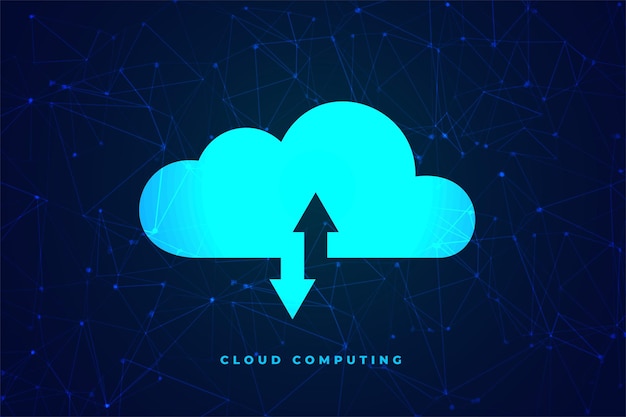
When selecting an HRMS software, you need to consider whether you prefer an on-premise or cloud-based solution. Here’s a comparison between the two:
On-premise HRMS Software:
On-premise HRMS software is installed and hosted on servers within your organization’s premises. Here are some key characteristics:
- Data Control: With on-premise HRMS, you have full control over your data as it resides within your organization’s infrastructure.
- Higher Upfront Costs: On-premise solutions typically require significant upfront investments in hardware, software licenses, and IT infrastructure.
- Maintenance Responsibility: Your IT department is responsible for maintaining and upgrading the hardware, software, and security of the HRMS system.
- Customization Flexibility: On-premise solutions often offer more customization options to meet specific organizational needs.
- Limited Remote Access: Accessing the system remotely may require additional setup and configuration.
Cloud-based HRMS Software:
Cloud-based HRMS software is hosted on the vendor’s servers and accessed over the internet. Here are some key characteristics:
- Ease of Implementation: Cloud-based solutions are quicker to implement as they don’t require extensive infrastructure setup.
- Lower Upfront Costs: Cloud-based solutions generally have lower upfront costs as they operate on a subscription or pay-as-you-go model.
- Vendor-managed Maintenance: The vendor takes care of system maintenance, upgrades, and security, reducing the burden on your IT department.
- Scalability and Flexibility: Cloud-based solutions offer scalability, allowing you to adjust resources based on your organization’s needs. They also provide flexibility in accessing the system from anywhere with an internet connection.
- Automatic Updates: Cloud-based solutions often receive regular updates and feature enhancements without additional effort from your organization.
The choice between on-premise and cloud-based HRMS depends on factors such as data control requirements, upfront investment capabilities, customization needs, and IT resources available within your organization.
Current and Future Trends in HRMS Software
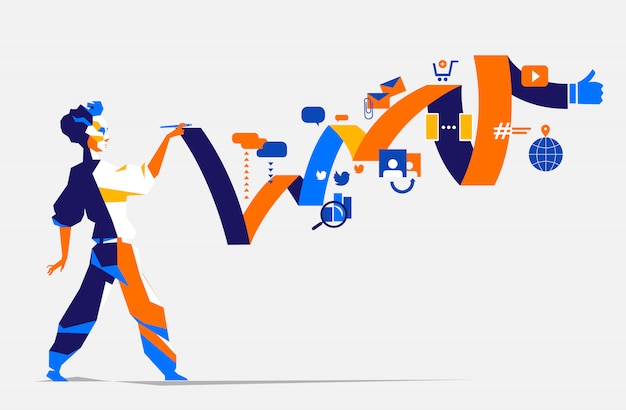
The field of HRMS software is continuously evolving to meet the changing needs of HR management and keep pace with technological advancements. Here are some current and future trends in HRMS software:
Mobile Application
The increasing use of smartphones has led to the development of mobile applications for HRMS software. These applications allow employees and managers to access HR functionalities on the go, facilitating remote working and enhancing user experience.
Analytics
HRMS software is leveraging advanced analytics capabilities to provide insights into workforce trends, employee engagement levels, performance metrics, and predictive analytics. This helps HR professionals make data-driven decisions and optimize HR strategies.
Artificial Intelligence
Artificial intelligence (AI) is being incorporated into HRMS software to automate repetitive tasks, enhance candidate screening, facilitate chatbot-based employee support, and provide personalized learning and development recommendations. AI-powered HRMS systems improve efficiency and accuracy while reducing manual effort.
Hybrid Working Model
The COVID-19 pandemic has accelerated the adoption of hybrid work models, combining remote and in-office work. HRMS software is evolving to support flexible work arrangements, including remote attendance tracking, virtual collaboration tools, and remote onboarding processes.
These trends reflect the ongoing digital transformation in HR management and the increasing focus on enhancing employee experience, data-driven decision-making, and automation.
In conclusion, implementing an HRMS software can revolutionize HR processes within an organization. It offers a range of modules and functions that streamline recruitment, onboarding, time and attendance management, performance evaluation, payroll processing, and more. The benefits of using an HRMS software include improved employee engagement, enhanced security, reduced administrative effort, data-driven decision-making, streamlined operations, and efficient recruitment and onboarding. To find the right HRMS software, organizations should understand their HR needs, seek IT advice, set a budget, shortlist vendors, and make an informed decision. They should also consider the difference between on-premise and cloud-based solutions and stay updated with current and future trends in HRMS software to leverage technological advancements and drive HR transformation.
